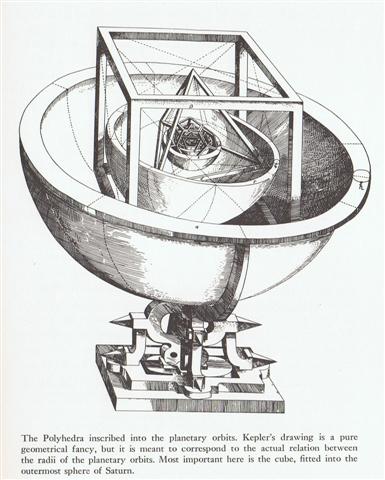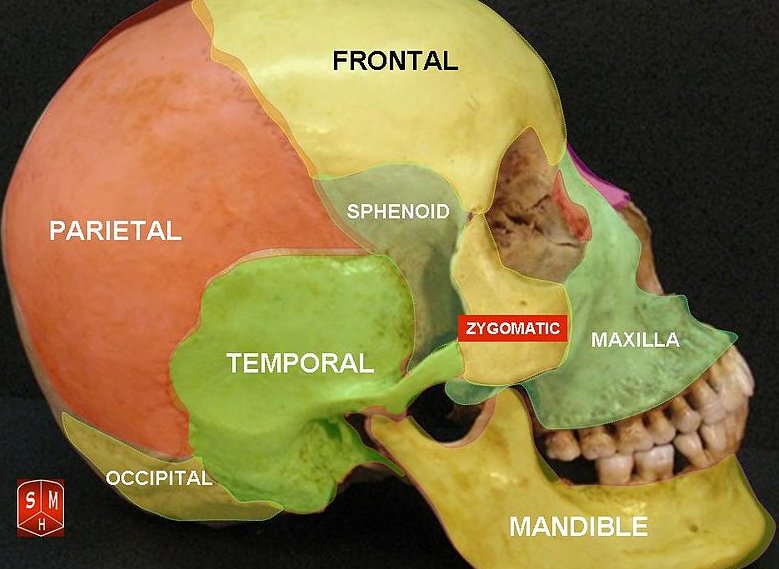Once again. A cycle should always be measured by counting 314 twice. A cycle was subdivided in a pair of equal parts. For instance was the number of glyphs on the E tablet twice 314:
From this cosmic (beautiful) truth there must have been considerable efforts through the ages to 'square the circle', i.e. to combine the measure of a circle (cycle) with the 4 cardinal points of the Sun, which formed a square in time. Inside a 'gourd' (3-dimensional circle) different polyhedra could be inscribed, but the best case was a cube (3-dimensional square). Thus the cube should be used when measuring Sun time.
Then there was the question of how to accomodate a pair of half-cycles, one for summer and one for winter. Or maybe a pair with winter longer than summer: ... In north Asia the common mode of reckoning is in half-year, which are not to be regarded as such but form each one separately the highest unit of time: our informants term them 'winter year' and 'summer year'. Among the Tunguses the former comprises 6½ months, the latter 5, but the year is said to have 13 months; in Kamchatka each contains six months, the winter year beginning in November, the summer year in May; the Gilyaks on the other hand give five months to summer and seven to winter. The Yeneseisk Ostiaks reckon and name only the seven winter months, and not the summer months. This mode of reckoning seems to be a peculiarity of the far north: the Icelanders reckoned in misseri, half-years, not in whole years, and the rune-staves divide the year into a summer and a winter half, beginning on April 14 [4-14] and October 14 respectively. But in Germany too, when it was desired to denote the whole year, the combined phrase 'winter and summer' was employed, or else equivalent concrete expressions such as 'in bareness and in leaf', 'in straw and in grass' ... A cosmic solution should, though, have half-circles which were equal in length, in which case a pair of oppositely oriented pyramids (with square foundations) - forming a regular octahedron - could be the ideal view of how the Sun divided his time between his pair of wives:
... Rehua has been variously identified with Jupiter by Tregear, with Sirius by Stowell, and with Antares by Best, and there can be no doubt that the name was applied to different objects in various sections of New Zealand. An old native declared: 'Rehua is a star, a bird with two wings; one wing is broken. Under the unbroken wing is Te Waa-o-Tamarereti (the Canoe of Tamarereti is the Tail of Scorpius in this instance). When Rehua mates with his wife Pekehawani (a star close to Antares) the ocean is windless and motionless.' Antares, visible in the morning sky of December-January, came to stand for summer heat; hence the saying, 'Rehua cooks (ripens) all fruit'. The generally accepted version of the Rehua myth, according to Best, is that Rehua had two wives, the stars on either side of Antares. One was Ruhi-te-rangi or Pekehawani, the personification of summer languor (ruhi), the other Whaka-onge-kai, She-who-makes-food-scarce before the new crops can be harvested ... Time was measured by Saturn (Kronos = Chronos) and he corresponded to the Cube. Therefore the Octahedron should represent the Sun as Jupiter, a shape consisting of a pair of twin pyramids, one of them upside down.
And the Octahedron had its corners 45º away from the corners of the Cube, which could be interpreted as 360 / 45 = 8 subdivisions of the regular Sun year. Also on Easter Island (according to Manuscript E) there were 2 kings: ... Hotu said to Teke, 'Look around for a suitable area (maara) to settle the Hanau Eepe and let them work the fields!' Teke took command of the Hanau Eepe and went with them to Poike. After he had settled them there, Teke said to the Hanau Eepe. 'Settle here, work, and keep peace among yourselves (he mee o mahamaha kina); let this the the goal of every one of you!' Then Teke assumed royal powers (pahere ariki) and passed them on to Iko. Teke installed the king; Iko was (now) the king (ariki) of the Hanau Eepe. Teke called out to the men, 'Iko is your king, oh people (mahingo)!' The Hanau Eepe remained there. Teke returned. (He) came to Oromanga. - Name corrected; alternative translation 'Along came the adopted rat', kiore ma(a)nga). - That was Iko. Twenty-five years ... (Manuscript E: 84-85)
|
|||||||||||||||||||||||||||||||||||||||||||||||||||||||||||||||||||||||||||||||||||||||||||||||||||||||||||||||||||||||||||||||||||||||||









